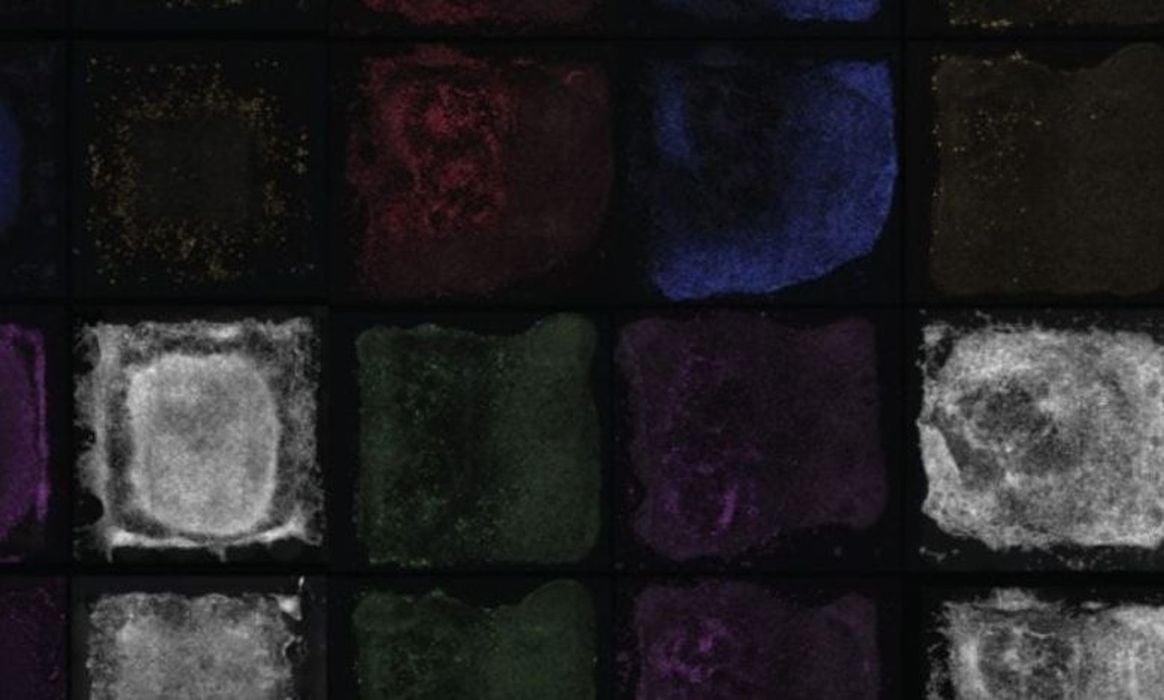
Using 3D photolithographic printing to create a complex environment for assembling tissue that mimics the architecture of an organ.
According to the University of Sydney, a team of bioengineers and biomedical scientists from the university and the Children’s Medical Research Institute (CMRI) at Westmead have reportedly used 3D photolithographic printing to create a complex environment for assembling tissue that mimics the architecture of an organ. The teams were led by Professor Hala Zreiqat and Dr Peter Newman at the University of Sydney’s School of Biomedical Engineering, and developmental biologist Professor Patrick Tam, who leads the CMRI’s Embryology Research Unit.
The recent paper was published in Advanced Science.
Using bioengineering and cell culture methods, the technique was used to instruct stem cells derived from blood cells or skin cells to become specialized cells that can assemble into an organ-like structure. Similar to how the needle of a record player navigates the vinyl grooves to create music, cells use strategically positioned proteins and mechanical triggers to navigate through their intricate environment, replicating developmental processes. The team’s latest research employed microscopic mechanical and chemical signals to recreate the cellular activities during development.
“Our new method serves as an instruction manual for cells, allowing them to create tissues that are better organized and more closely resemble their natural counterparts. This is an important step towards being able to 3D print working tissue and organs,” said Professor Hala Zreiqat.
“Imagine trying to build a Lego castle by randomly scattering the blocks on a table and hoping that they’ll fall into the correct place. Even though each block is designed to connect with others, without a clear plan, you’d likely end up with something that looks more like a large pile of disconnected Lego blocks rather than a castle,” said Dr. Newman.
“The same can be said about building organs and tissues from cells: without specific instructions, the cells would likely group together unpredictably within the incorrect structures. What we’ve effectively done is create a step-by-step process that guides each building block to exactly where it should go and how it should connect with the others,” said Dr. Newman. “In line with this approach, our recently published work applies a new 3D printing method to define instructions for cells that guide them into forming more organized and accurate structures. Through this, we’ve created a bone-fat assembly that resembles the structure of bone and an assembly of tissues that resemble processes during early mammalian development.”
Research into complex tissue and organ-like structures, known as organoids, helps researchers understand how organs develop and function and how diseases affecting the organ may be caused by genetic mutations and developmental errors. The knowledge gleaned from the study also enables the development of cell and gene therapy for diseases. The ability to generate the desired cell types further provides the capacity to produce clinically relevant stem cells for therapeutic purposes.
“Beyond understanding the intricate ‘instruction manual’ of life, this method has immense practical implications. For instance, in regenerative medicine, where there is a pressing need for organ transplants, further research using this approach may facilitate the growth of functional tissues in the lab. Imagine a future where the waitlist for organ transplants could be drastically reduced because we can generate such tissues in the lab that sufficiently resemble their natural counterparts,” said Professor Hala Zreiqat.
“Moreover, this technology could revolutionize how we study and understand diseases. By creating accurate models of diseased tissues, we can observe disease progression and treatment responses in a controlled environment. We hope this could one day lead to more effective treatments and even cures for diseases that are currently hard to tackle,” said Dr. Newman.
“In the past, stem cells were grown to generate many cell types, but we could not control how they differentiate and assemble in 3D,” said Professor Tam, from CMRI. “With this bioengineering technology, we can now direct the stem cells to form specific cell types and organize these cells properly in time and space, thereby recapitulating the real-life development of the organ.”
Read the rest of this story at VoxelMatters
